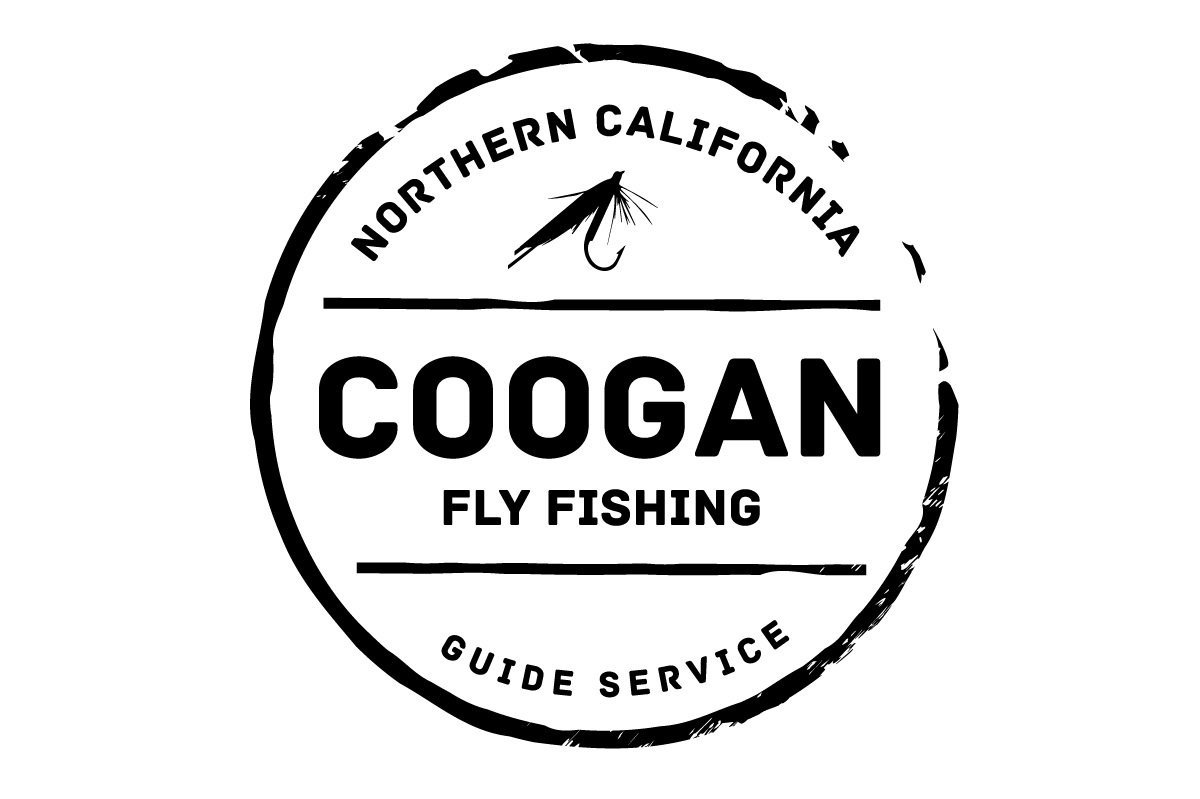Exploring the Rich Heritage of Hat Creek
I recently spent a day with some friends fishing on Hat Creek. After a long winter of steelhead fishing, it was a great welcome back to our general trout season. I am always eager to start walking the river banks come springtime, and this experience inspired me to start a blog about the history of Hat Creek and what it has to offer. Hat Creek is a very special place to me, and I hope to share my experiences with you this season.
Introduction: Nestled in the picturesque landscape of Northern California lies Hat Creek, a legendary destination renowned among fly fishing for its world-class dry fly fishing. From its rich history to its diverse ecosystem and conservation efforts, Hat Creek offers an unparalleled experience for anglers seeking adventure.
History of Hat Creek: Hat Creek dates back centuries, with indigenous peoples such as the Atsugewi and Maidu tribes inhabiting the region for thousands of years. These tribes revered Hat Creek for its abundant wildlife and pristine waters, utilizing its resources for sustenance and spiritual practices.
In the late 19th century, European settlers began to explore and exploit the natural resources of the area, drawn by its fertile lands and abundant fisheries. Hat Creek soon became a hub for logging, mining, and agriculture, significantly impacting its ecosystem and threatening its delicate balance.
World-Famous Dry Fly Fishing: Hat Creek's reputation as a premier dry fly fishing destination stems from its pristine waters and abundant insect life. The creek is famous for its prolific hatches, including mayflies, caddisflies, and stoneflies, which attract trout in large numbers.
Anglers flock to Hat Creek throughout the year, but particularly during the spring and fall when hatches are at their peak. The creek's clear, cold waters provide ideal conditions for sight fishing, allowing anglers to stalk and target individual trout with precision.
The Wild Trout Section: One of the most cherished aspects of Hat Creek is its Wild Trout Section, a stretch of the creek that is strictly managed for catch-and-release fishing. This section is home to a thriving population of native rainbow and brown trout, some of which grow to impressive sizes.
The Wild Trout Section is a haven for fly fishing purists, offering challenging angling opportunities amidst breathtaking scenery. Anglers must employ stealth and finesse to fool these wily trout, making for a truly rewarding fishing experience.
Conservation Efforts by Cal Trout: California Trout (Cal Trout), a nonprofit organization dedicated to the conservation of wild trout and their habitats, plays a crucial role in preserving Hat Creek and ensuring its sustainability for future generations. Cal Trout works tirelessly to restore and protect the creek's ecosystem through various initiatives, including habitat restoration, water quality monitoring, and public outreach.
One notable project undertaken by Cal Trout is the Hat Creek Restoration Project, which aims to enhance spawning and rearing habitat for wild trout, improve streamflow, and mitigate the impacts of human activities on the creek. Through collaboration with government agencies, landowners, and local communities, Cal Trout strives to strike a balance between conservation and recreational use of Hat Creek, ensuring that it remains a thriving ecosystem for both wildlife and anglers alike.
Conclusion: Hat Creek stands as a testament to the enduring beauty and resilience of nature, offering a sanctuary for anglers seeking solace and adventure in the great outdoors. From its storied past to its world-famous dry fly fishing and ongoing conservation efforts, Hat Creek represents the intersection of tradition, conservation, and recreation. As stewards of this precious resource, it is incumbent upon us to cherish and protect Hat Creek for generations to come, ensuring that its legacy endures for all who seek to explore its waters and marvel at its wonders.

